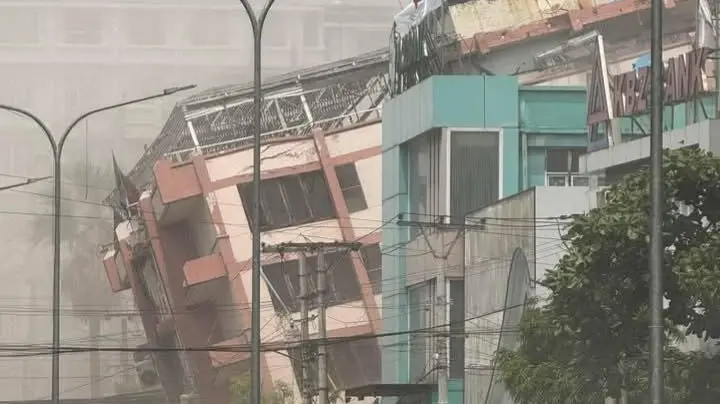Updated 28 March 2025 at 14:23 IST
Myanmar, Bangkok Earthquake: Precautions And Preparedness Tips For Safety
Earthquakes can strike without warning. However, to stay safe during an earthquake, essential precautions should be taken for personal safety.
- Lifestyle News
- 3 min read

Living in Earthquake -prone areas demands heightened awareness and preparedness to ensure the safety of individuals and communities. Earthquakes can strike without warning, making it crucial to adopt precautionary measures. Here are essential precautions to follow in earthquake-prone areas.
Prepare an emergency kit
An emergency kit should include essentials such as water, non-perishable food items, a flashlight, batteries, a first-aid kit, and important documents. Having these items readily accessible can be vital during the aftermath of an earthquake.

Secure heavy furniture
Anchor heavy furniture, appliances, and fixtures to the walls to prevent them from toppling over during an earthquake. Use brackets, straps, or other appropriate restraints to secure items like bookshelves, water heaters, and large electronic devices.

Identify safe zones
Identify safe zones within your home, workplace, and community is a must. These are areas away from windows, heavy furniture, and items that could pose a threat during an earthquake. Practice "Drop, Cover, and Hold On" drills regularly to reinforce these safety measures.
Advertisement

Bolting the foundation of building
If you live in a seismic zone, consider retrofitting your home's foundation. Bolting the foundation to the structure can prevent it from sliding off during an earthquake, providing additional stability.
Advertisement

Stay informed and alert
Keep yourself informed about earthquake risks and updates in your region. Follow local news, have a weather radio, or use smartphone apps that provide real-time seismic activity information. Being aware of potential threats allows for better preparation.

Emergency plan and contacts
Develop a comprehensive family emergency plan that includes communication strategies, meeting points, and evacuation routes. Ensure every family member is aware of the plan and practices it regularly. Keep a list of emergency contacts, including local authorities, medical professionals, and neighbors. Share this information with family members and ensure everyone knows how to access it during an emergency.

Prevent gas leaks
Install a gas shut-off valve to prevent gas leaks in the event of an earthquake. If you smell gas or suspect a leak, turn off the gas supply immediately and contact professionals for assistance.

Build an earthquake-resistant home
If constructing a new home or renovating, consider earthquake-resistant designs and materials.

Consult with architects and engineers to ensure that the structure is built to withstand seismic activity.
Published By : Snigdha Behera
Published On: 28 March 2025 at 14:05 IST
